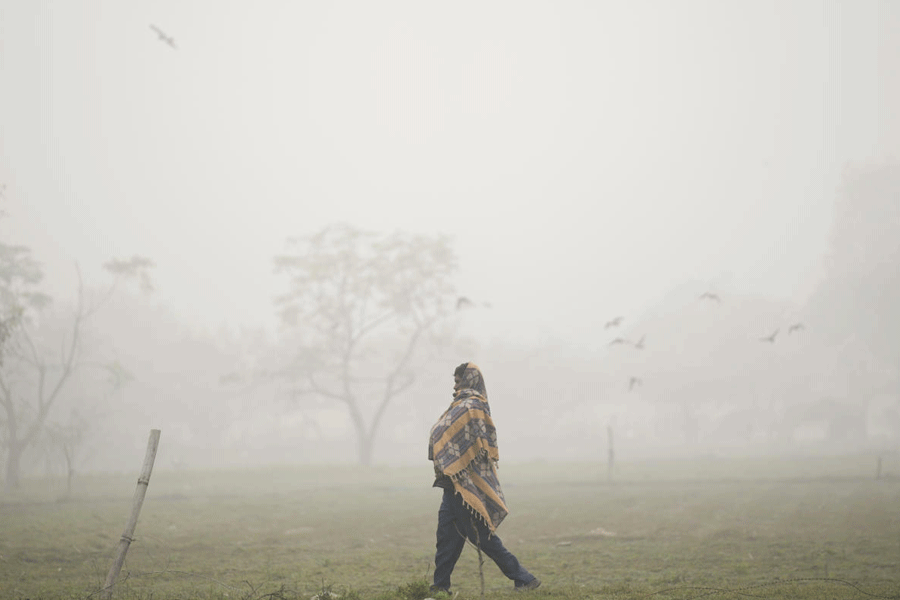.jpg)
As we age, one or both of our legs can pain. A slip or fall or even an awkward step can sprain the ankle. It bears half the weight of the upright body but is a relatively weak joint. If the ligaments are strained, swelling and pain occur. If the ligaments are torn, there may be bruising as well. The R.I.C.E. treatment (rest, application of ice every 20 minutes, compression with an elastocrepe bandage and elevation ) for 2-3 days will usually work. Medication such as paracetamol and ibuprofen help relieve the pain. If there is no improvement after three days, a fracture may have occurred.
If you have an active lifestyle, you can develop a sudden severe pain on the inside of the leg called "shin splints". It is more likely to occur if you have flat feet or use footwear unsuitable for activity or if muscles around the bone are overused. They can be relieved with ice packs and elevation of the legs. If shin splints are persistent, a stress fracture (hairline fracture) may have occurred.
Varicose veins appear as bluish swellings on the legs, usually on both sides and cause a dull, throbbing pain. They occur if valves in the veins are weak, making it difficult for blood to be pumped back into the heart from the legs. They are usually seen in people whose BMI (weight divided by height in metre squared) is greater than 30, in women during pregnancy or in those who sit or stand long hours for work. Wearing compression stockings, exercise and losing weight help.
Cramps occur as a sharp, unbearable pain, usually in the calf muscle. The muscle becomes tight and forms a hard lump which can be felt under the skin. It can be relieved by stretching and massage. It occurs with dehydration and lack of sodium or calcium. It usually goes away on its own. Recurrent cramps need medical evaluation.
Sciatica is a sharp shooting pain that extends from the lower back down the thigh, usually on one side. It is due to a slipped or herniated vertebral disc impinging on the nerves to the leg. It usually improves with OTC medication and physiotherapy. If it is persistent and incapacitating, surgery may be required.
Peripheral neuropathy may damage nerves in the thighs and feet. They may exhibit pricking or shooting pains that get worse at night. It is usually because of vitamin deficiencies, infections, nerve damage or diabetes. Treatment of the underlying cause is required in addition to specific medication.
If along with the pain in the legs there is swelling, change of colour in the overlying skin, fever, or no improvement after three days, a physician should be consulted.

.jpg)









